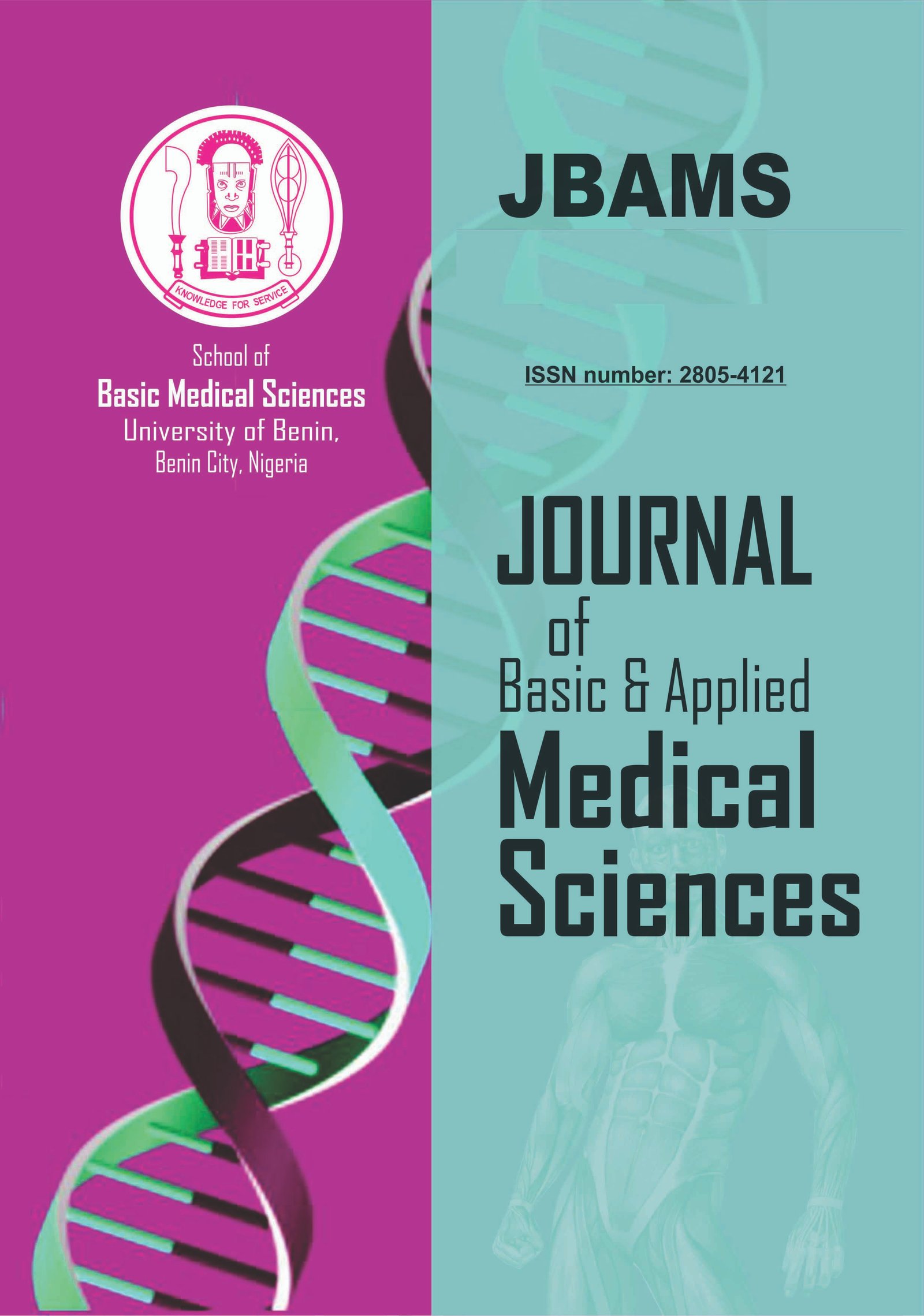Patterns of ABO, Rh D Phenotypes and Secretor Status among Diabetes Mellitus Subjects in Kano Metropolis
Keywords:
ABO blood group, Rh blood group, Secretors, Non-Secretors, DiabetesAbstract
Diabetes Mellitus (DM), commonly referred to as diabetes, is a metabolic disease in which there are high blood sugar levels over a prolonged period of time. Since the discovery of blood group antigens, Scientists have found association between blood group antigens and various diseases and infections. This study aimed to determine the patterns of ABO, Rh D phenotypes and Secretor status among diabetes mellitus subjects in Kano Metropolis. Blood and saliva samples were collected from one hundred and fifty (150) subjects, in which 96 (64%) were diabetes subjects while the remaining 54 (36%) were apparently healthy blood donors who served as controls. The ABO and Rh blood groups were determined using standard tube method, while Secretor status was determined using antigen Inhibition Techniques. Out of the 96 cases, fifty 50 (52%) were males and 46 (48%) were females. In the control subjects, 50 (93%) were males and 4 (7%) were females. The mean ages for the cases and controls were 56.85±12.66 years and 26.98 ±7.00 years, respectively. The results obtained revealed that, the most prevalent ABO blood group were in these orders O>B>A>AB, in both cases and controls with the following frequencies 36 (38%), 30 (31%), 27 (28%) and 3 (3%) for cases and 22 (41%), 15 (28%), 13 (24%) and 4 (7%) for controls, respectively. Rh D positive was more prevalent in both cases and controls with the frequencies of 92 (96%) and 53 (98%), respectively. Rh D negative group of cases and controls were found to be 4 (4%) and 1 (2%) respectively. Non secretors were found to be more prevalent in both cases and controls and account for 68 (71%) and 31 (57%), respectively. The Secretors in the cases and controls subjects were 28 (29%) and 23 (43%), respectively. The association between ABO, Rh D phenotypes and Secretor status was determined using Chi-square test and the p-values were 0.643, 0.714 and 0.147 respectively which were statistically not significant (p>0.05), hence, the study revealed no statistically significant association between ABO, Rh D phenotypes and Secretor status with diabetes disease.


